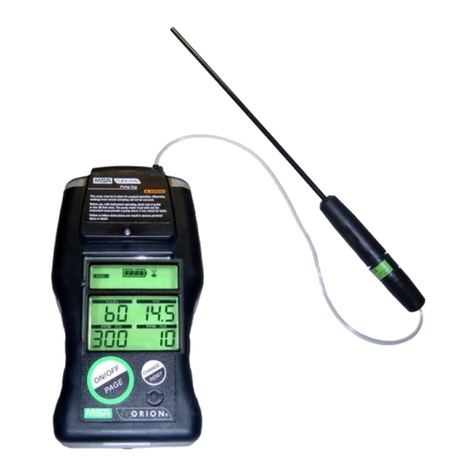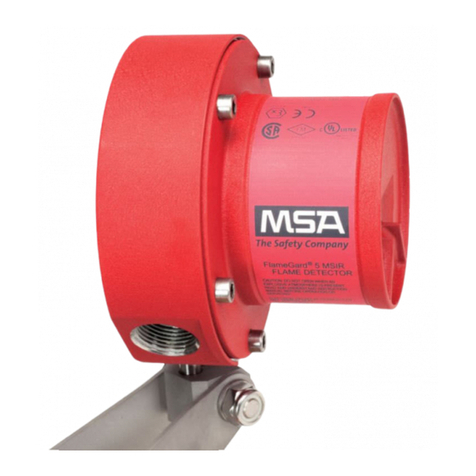MSA Orion G User manual
Other MSA Security Sensor manuals
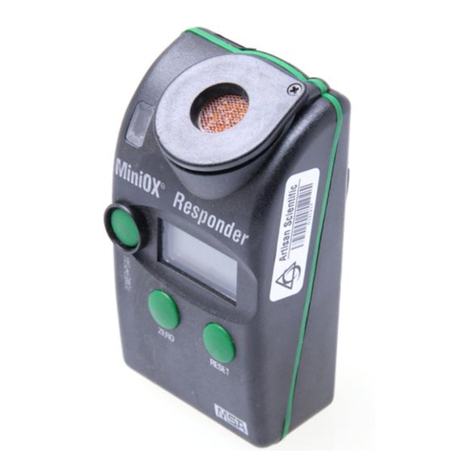
MSA
MSA MiniOX 710965 User manual
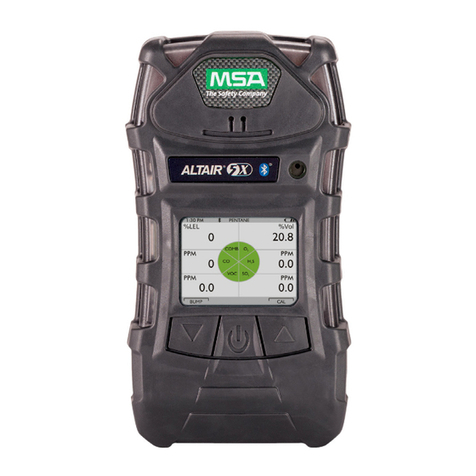
MSA
MSA ALTAIR 5X PID User manual
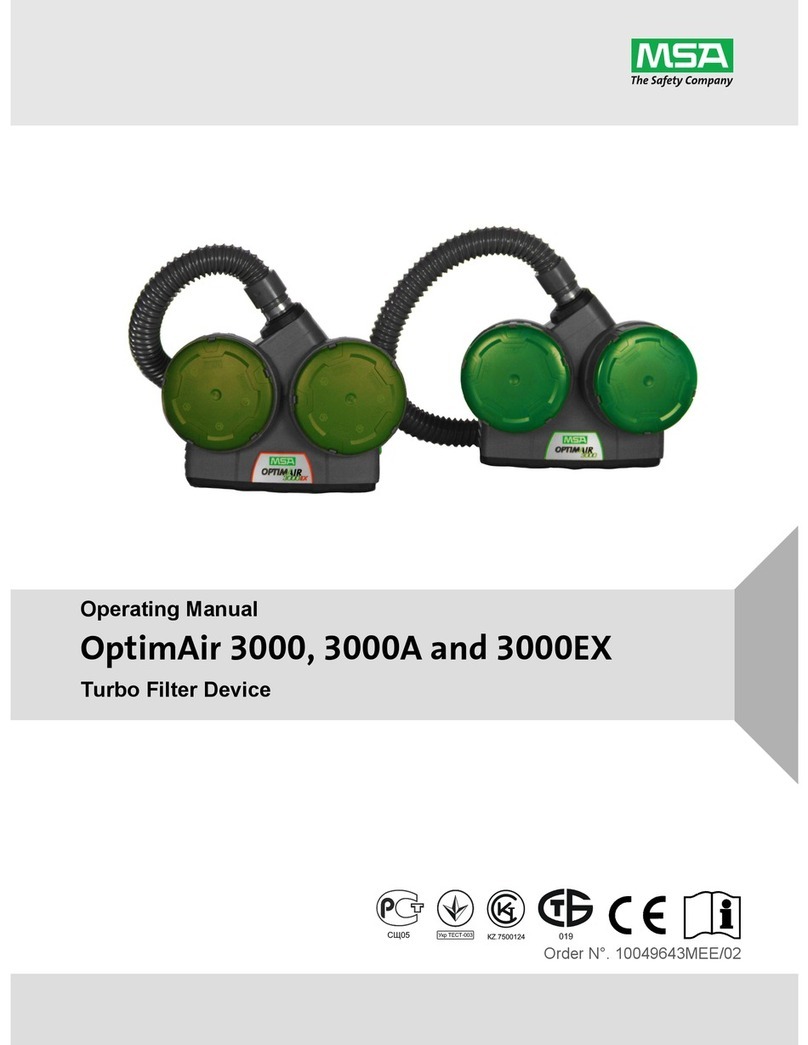
MSA
MSA OptimAir 3000 User manual

MSA
MSA V-TEC Tie-Back PFL User manual
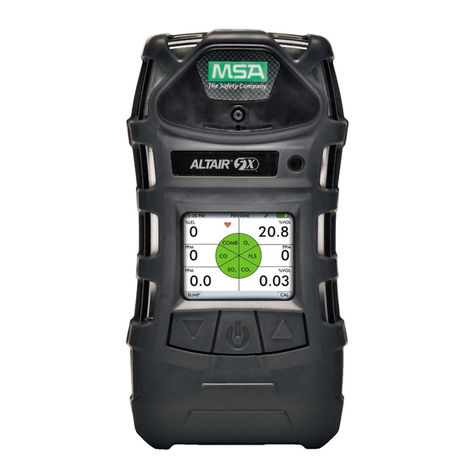
MSA
MSA ALTAIR 5X User manual
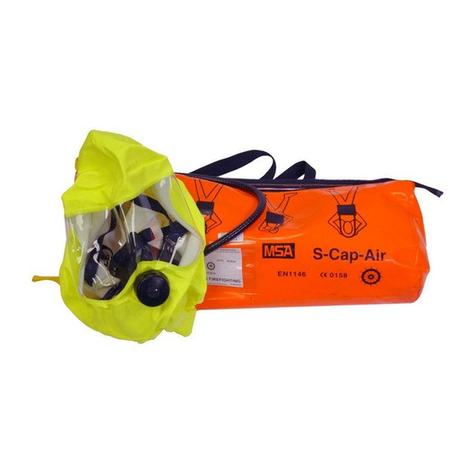
MSA
MSA S-Cap-Air User manual
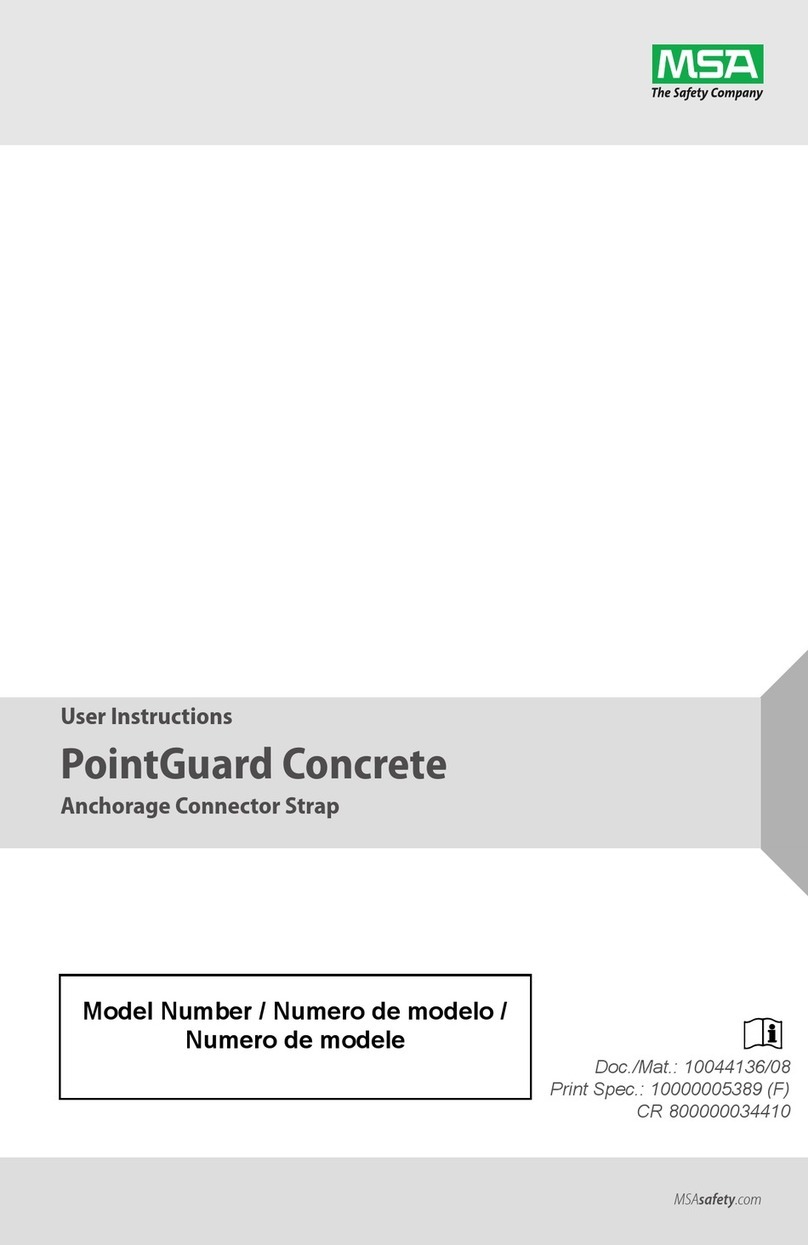
MSA
MSA PointGuard Concrete Anchorage Connector... User manual
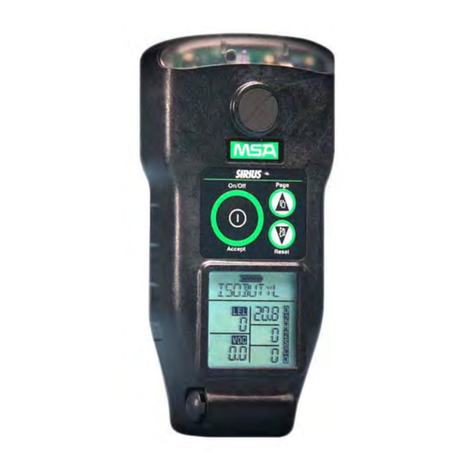
MSA
MSA Sirius User manual

MSA
MSA FireHawk M7 User manual

MSA
MSA FlameGard Series User manual
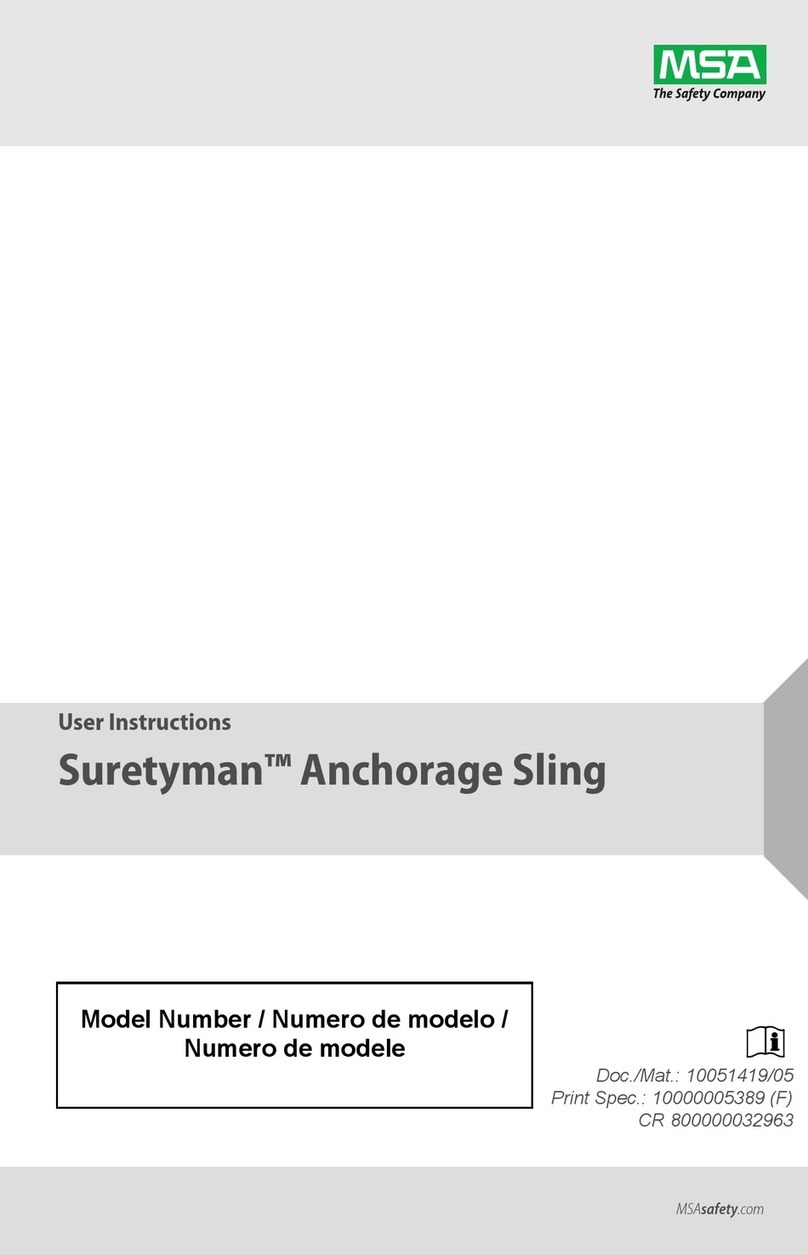
MSA
MSA Suretyman Anchorage Sling User manual

MSA
MSA ALTAIR 5X User manual
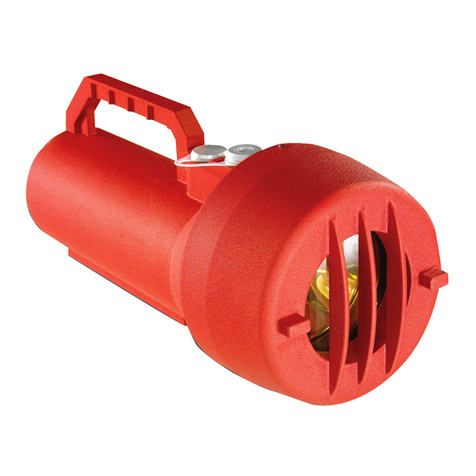
MSA
MSA General Monitors TL105 User manual

MSA
MSA FireHawk M7XT User manual

MSA
MSA Advantage 4000 Series User manual
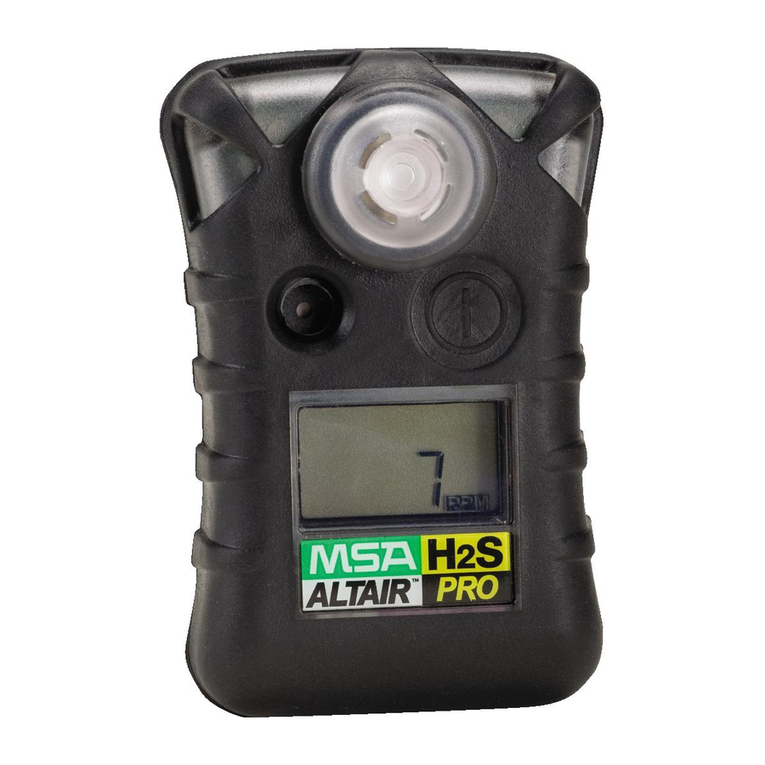
MSA
MSA Altair User manual
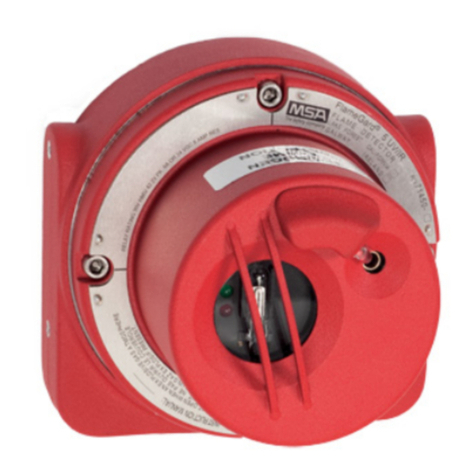
MSA
MSA FlameGard 5 UV/IR Use and care manual
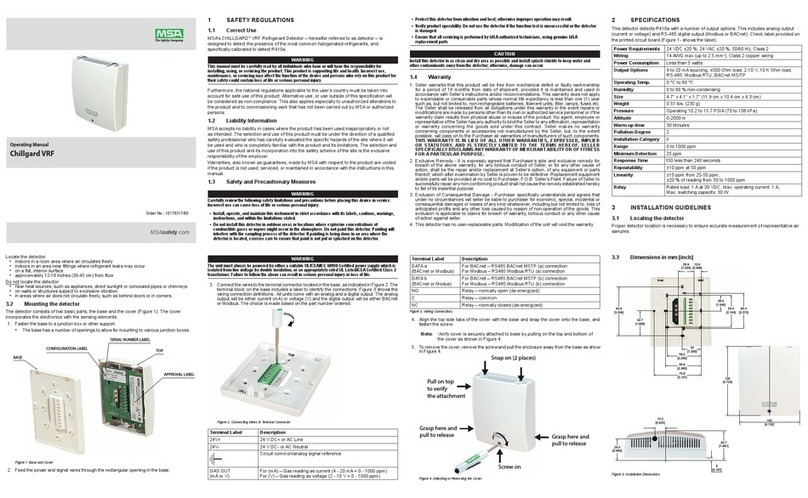
MSA
MSA Chillgard VRF User manual
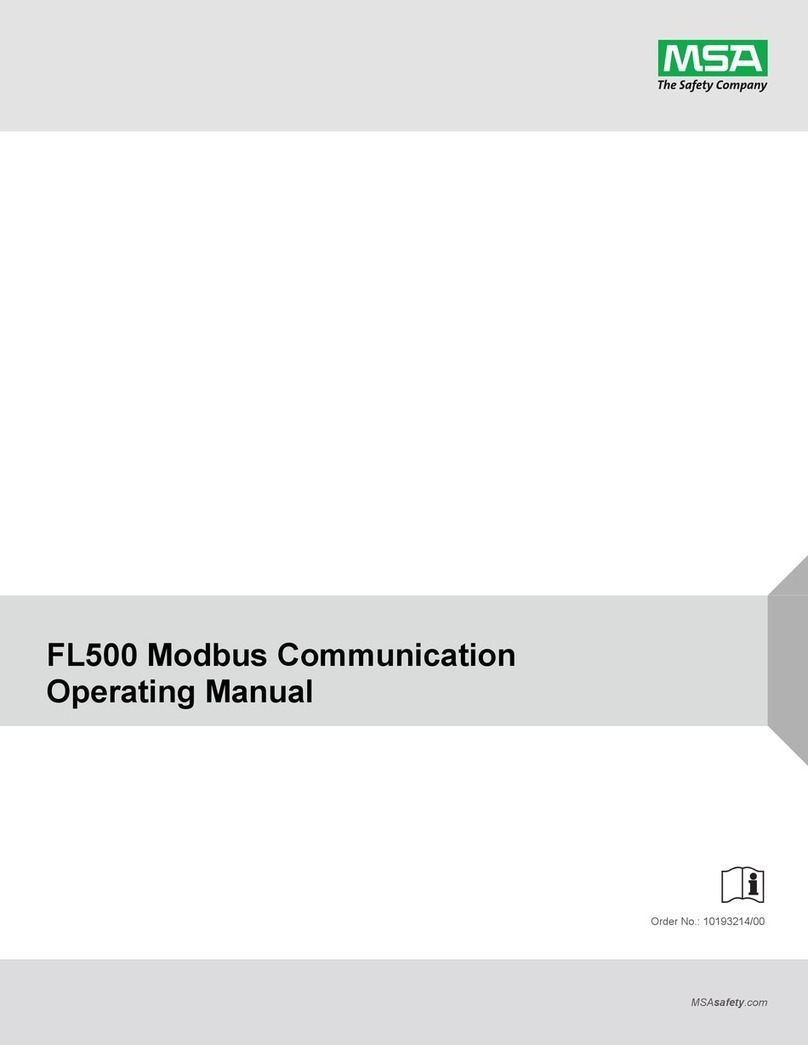
MSA
MSA FL500 UV/IR User manual

MSA
MSA V-TEC PFL User manual
Popular Security Sensor manuals by other brands

Shinko
Shinko SE2EA-1-0-0 instruction manual

Det-Tronics
Det-Tronics X Series instructions

ACR Electronics
ACR Electronics COBHAM RCL-300A Product support manual

TOOLCRAFT
TOOLCRAFT 1712612 operating instructions

Elkron
Elkron IM600 Installation, programming and functions manual

Bosch
Bosch WEU PDO 6 Original instructions

